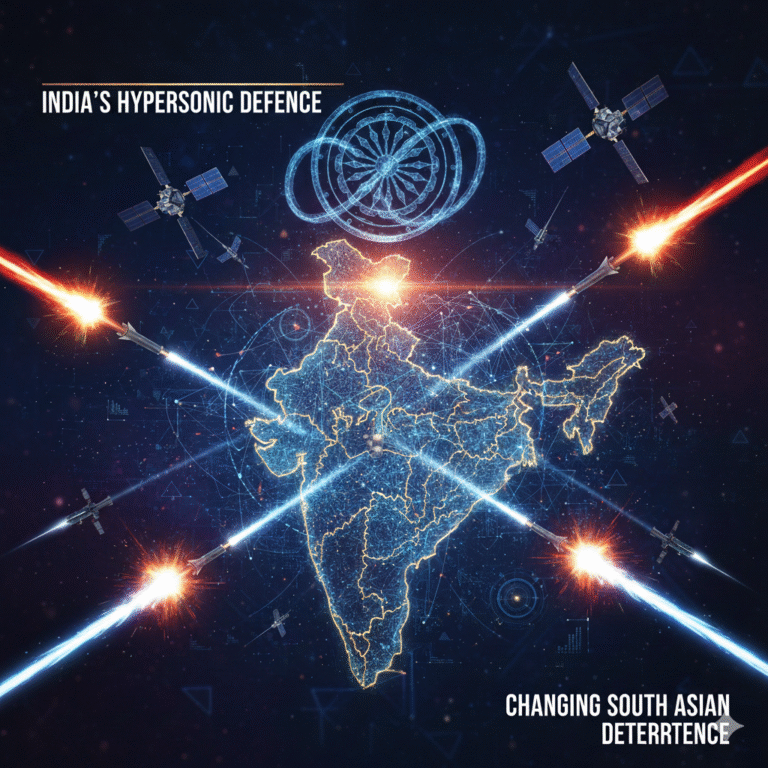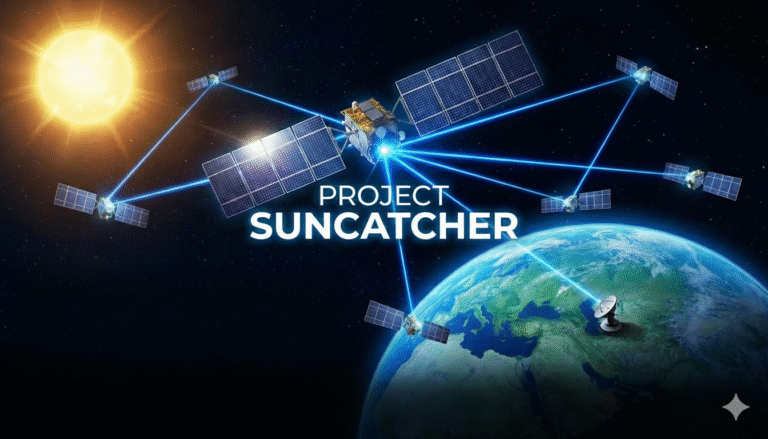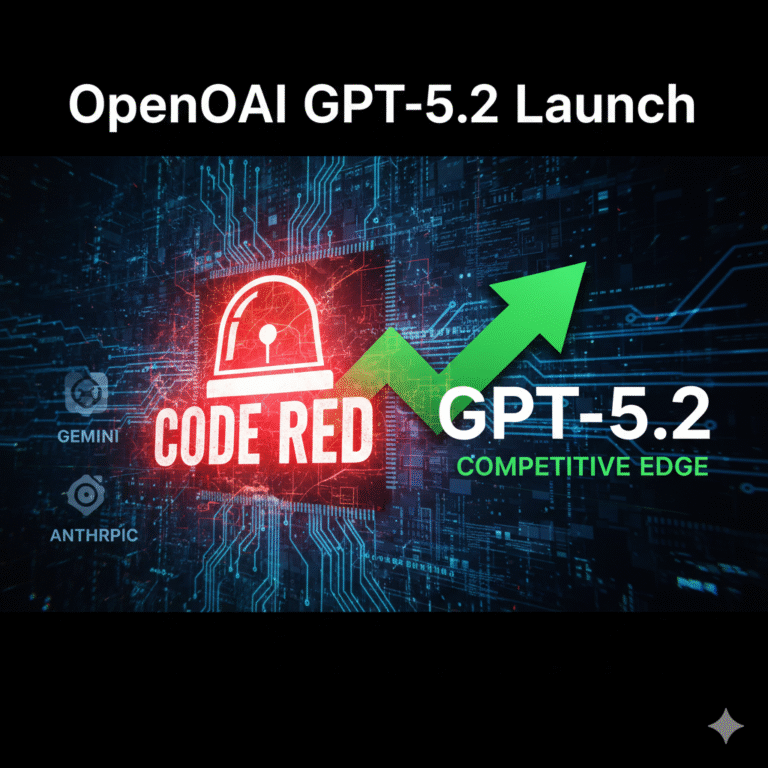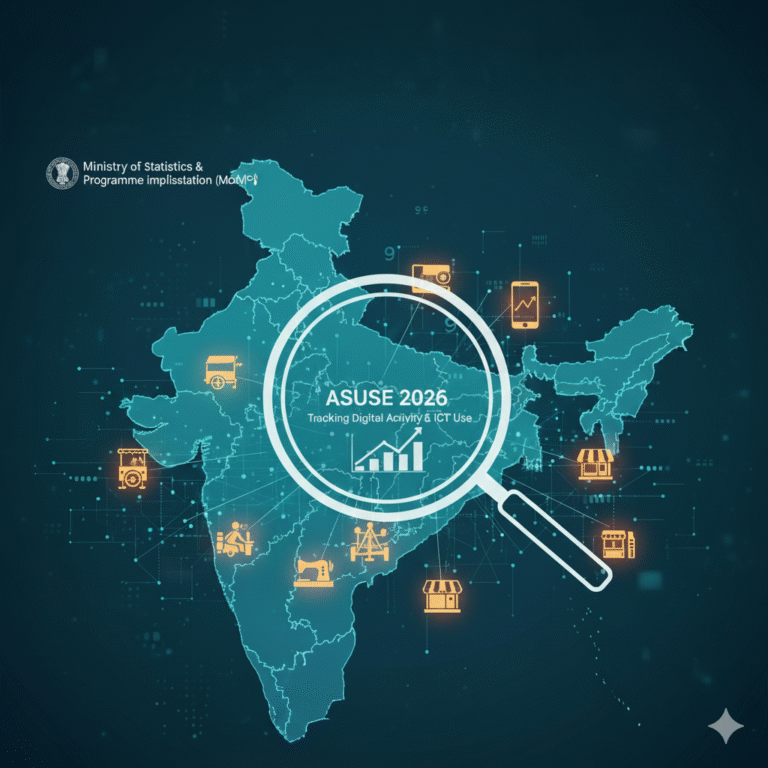Key Highlights
- 70% of India’s deadliest crowd disasters occur at religious mass gatherings, with past Kumbh Mela incidents in 1954 (800+ deaths), 2003, 2010, and 2013
- NDMA guidelines mandate comprehensive crowd profiling, risk assessment, real-time monitoring, and multi-agency coordination for effective crowd management
- Technology limitations exposed as AI surveillance and heavy policing alone cannot prevent disasters when human behavior becomes unpredictable in emotionally charged religious settings
- Legal framework gaps persist despite provisions under Indian Penal Code, Disaster Management Act 2005, and state police acts requiring standardized protocols
The Persistent Challenge of Mass Gatherings
Crowd management represents one of India’s most complex governance challenges, made critical by the nation’s high population density, frequent mass gatherings, religious events, festivals, protests, and sporting occasions. With over 1.4 billion people and deeply rooted cultural traditions of collective celebration, India regularly hosts some of the world’s largest human assemblies, from the Kumbh Mela attracting 200+ million devotees to countless temple festivals, political rallies, and public events.
The tragic stampede at the 2025 Mahakumbh Mela in Prayagraj, which claimed 30 lives and injured 60 others, starkly illustrates the ongoing inadequacies in crowd management systems. Despite massive investments in AI-powered surveillance, 3,000 CCTV cameras, and tens of thousands of police officers, disaster struck again, highlighting the limitations of technology-dependent approaches without comprehensive scientific planning.

As opposition leader Rahul Gandhi observed, “Mismanagement and a focus on VIP movement over ordinary devotees have led to this tragic occurrence”. This critique underscores fundamental governance failures where crowd safety takes a backseat to political considerations, revealing systemic weaknesses in India’s approach to mass gathering management.
Learning from Recurring Tragedies
Pattern of Religious Gathering Disasters
India’s history is marked by recurring crowd disasters, particularly at religious sites. The National Disaster Management Authority (NDMA) notes that “majority of the crowd disasters in India and developing countries have occurred at religious places”. The 1954 Kumbh Mela stampede remains one of history’s deadliest, with over 800 reported deaths, while subsequent incidents in 2003, 2010, and 2013 demonstrate persistent vulnerabilities.
Recent major incidents include:
- January 2025: Andhra Pradesh temple tragedy (6 deaths, 35 injuries)
- July 2024: Hathras disaster (121 deaths)
- January 2022: Vaishno Devi stampede (12 deaths)
- November 2008: Chamundagar temple, Rajasthan (250 deaths)
Traditional Reactive Approaches
Historically, India’s response to crowd management has been reactive rather than proactive, relying heavily on:
- Ad hoc police deployment without scientific crowd analysis
- Perimeter control focusing on containment rather than flow management
- Post-incident investigations instead of preventive planning
- VIP security prioritization often disrupting general crowd movement patterns
This reactive approach has consistently failed to address root causes of crowd disasters: poor planning, inadequate infrastructure, insufficient risk assessment, and lack of real-time crowd behavior understanding.
Legal and Institutional Framework: Gaps and Challenges
Constitutional and Legal Provisions
The legal framework for crowd management spans multiple legislations:
Article 19 of the Constitution grants citizens the right to assemble peacefully under Article 19(1)(b), but allows restrictions under Article 19(3) for public order, security, and morality.
Key Legal Instruments:
- Indian Penal Code (1860) and Bharatiya Nyaya Sanhita (2023) for unlawful assembly provisions
- Disaster Management Act (2005) addressing crowd management as disaster mitigation
- Police Act of 1861 regulating assemblies and processions with public order conditions
- State-specific legislation varying across jurisdictions

Institutional Mechanisms and Coordination Challenges
Multi-agency coordination involves multiple stakeholders with often conflicting priorities:
- Police forces focused on law and order maintenance
- Local administration managing logistics and permissions
- Fire services providing emergency response capabilities
- Health departments ensuring medical preparedness
- Disaster management authorities coordinating overall response nidm.gov
The Bureau of Police Research and Development (BPRD) guidelines emphasize comprehensive crowd management protocols, but implementation varies significantly across states and event types.
Scientific Approaches and Technology Integration
Advanced Surveillance and Monitoring Systems
Modern crowd management increasingly relies on technological solutions:
AI-Powered CCTV Networks: Chennai Police deployed 5,000 AI-enabled cameras under the Safe City Project, offering analytics with real-time alerts for crowd incidents. Bangalore City Police utilize AI-based video analytics for crowded area monitoring, while Uttar Pradesh Police employed AI-powered cameras during the Ram Mandir ceremony.
Crowd Density Analytics: AI algorithms analyze real-time footage to detect overcrowding, unusual movement patterns, and potential flashpoints. Systems can identify when crowds move rapidly in one direction, indicating emergency situations, and trigger instant alerts to security personnel.
Drone-Based Surveillance: Aerial monitoring provides comprehensive crowd overviews, while underwater drones monitor activities in water bodies during religious bathing ceremonies.
Predictive Analytics and Early Warning Systems
Crowd Behavior Modeling: Advanced systems use machine learning algorithms to predict crowd flow patterns based on:
- Historical attendance data and seasonal variations
- Weather conditions and their impact on gathering sizes
- Religious calendar significance affecting devotee turnout
- Transportation patterns and arrival/departure trends
Heat Mapping Technology: Mobile network and Wi-Fi heat mapping tracks crowd concentrations in real-time, enabling preemptive intervention before dangerous density levels are reached.
Global Best Practices vs. Indian Implementation
International Success Stories
Saudi Arabia’s Hajj Management: Following multiple stampede incidents, authorities implemented crowd simulations, restricted entry timings, and improved route planning, significantly reducing casualty rates.
United Kingdom’s Stadium Management: Wembley Stadium’s design incorporates multiple exits and advanced evacuation systems to handle 90,000 people safely, with lessons learned from the 1989 Hillsborough disaster.
South Korea’s Response to Halloween Stampede: Post-2022 incident, South Korea deployed advanced CCTV-based AI systems for real-time crowd density monitoring with timely warning capabilities.
Japan’s Timed Entry Systems: Implementation of timed tickets and staggered entry measures prevents sudden crowding at popular destinations.
Indian Adaptation Challenges
Despite awareness of global best practices, Indian implementation faces unique challenges:
- Scale disparity: Indian gatherings often exceed international events by orders of magnitude
- Religious sentiment: Emotional and impulsive behavior during religious events complicates crowd psychology
- Infrastructure limitations: Narrow access points, inadequate facilities, and poor urban planning
- Coordination failures: Multiple agencies with unclear responsibilities and communication gaps
NDMA Guidelines and Implementation Framework
Comprehensive Crowd Management Protocol
The NDMA’s 2014 report on crowd management established comprehensive guidelines covering:
Pre-Event Planning Phase:
- Crowd profiling and understanding based on event type and historical data
- Risk assessment and logistical planning identifying hazards and optimal resource allocation
- Unified control system establishment with centralized command and control
- Medical preparedness ensuring first-aid facilities and emergency response capacity
During-Event Execution:
- Real-time monitoring of crowd behavior and density levels
- Crowd size estimation for effective resource deployment
- Effective communication through loudspeakers and public announcement systems
- Crowd flow management ensuring accessible emergency exits and alternative routes
- Community collaboration involving NGOs and civil defense teams
Technology Integration Requirements
NDMA recommendations emphasize:
- GIS mapping for spatial analysis and route optimization
- CCTV surveillance with AI-powered analytics for behavior detection
- UAV deployment for aerial monitoring and crowd assessment
- SMS alert systems for mass communication and rumor control
- RFID tagging for individual tracking in high-risk scenarios
Challenges and Implementation Gaps
Infrastructure and Resource Constraints
Physical Infrastructure Deficits:
- Narrow access routes and inadequate entry/exit points at religious sites
- Poor signage systems and insufficient emergency facilities
- Limited parking spaces causing congestion in surrounding areas
- Weak communication networks hampering emergency response coordination
Human Resource Limitations:
- Insufficient trained personnel in crowd management techniques
- Lack of specialized crowd psychology understanding among security forces
- Limited coordination training between different agencies
- Absence of professional event management capabilities in government sector
Technology and Implementation Challenges
Scalability Issues:
- High costs of comprehensive surveillance systems
- Technical complexity requiring specialized maintenance and operation
- Power infrastructure limitations in remote religious sites
- Data processing capacity constraints for real-time analytics
Behavioral and Cultural Factors:
- Religious fervor overriding safety considerations
- Limited public awareness of crowd safety behaviors
- Resistance to crowd control measures perceived as interfering with religious practices
- Language barriers in multilingual gathering environments
Policy Recommendations and Way Forward
Immediate Reform Priorities
Standardized Protocols: Develop uniform crowd management standards across all states and event types, eliminating current variations in implementation approaches.
Technology Infrastructure: Invest comprehensively in AI-powered monitoring systems, drone surveillance, and predictive analytics platforms with adequate funding for maintenance and upgrades.
Capacity Building: Implement mandatory training programs for police, administrative officials, and event organizers on scientific crowd management techniques.
Legal Framework Strengthening: Enact comprehensive Crowd Safety Act defining clear organizer liability, safety standards, and enforcement mechanisms.
Long-term Strategic Initiatives
Public-Private Partnerships: Leverage private sector expertise in technology, logistics, and event management while maintaining government oversight and accountability.
Community Engagement: Develop grassroots awareness programs educating the public about crowd safety, personal responsibility, and cooperative behavior during mass gatherings.
Infrastructure Development: Systematic upgrading of venues hosting regular mass gatherings with modern safety features, multiple access points, and emergency response facilities.
Research and Development: Establish specialized research institutions focusing on crowd dynamics, behavioral psychology, and indigenous technology solutions for Indian contexts.
International Cooperation and Learning
Knowledge Exchange: Bilateral agreements with countries having advanced crowd management systems for technology transfer and training programs.
Standards Harmonization: Align Indian practices with international safety standards while adapting to local cultural and religious contexts.
Conclusion: Transforming Tragedy into Reform
The recurring crowd disasters in India, culminating in the recent Mahakumbh tragedy, represent not just isolated incidents but systemic failures in governance, planning, and implementation. With 70% of deadly crowd disasters occurring at religious gatherings, the pattern is clear: traditional reactive approaches are inadequate for managing the complexity and scale of Indian mass assemblies.
The path forward requires fundamental transformation from ad hoc responses to scientific management, reactive policing to proactive planning, and technology deployment to integrated systems thinking. The ₹3,000 crore invested in AI surveillance at the 2025 Kumbh Mela proved insufficient because technology alone cannot address human behavior, infrastructure deficits, and coordination failures.
Success demands holistic governance reform encompassing legal framework modernization, institutional capacity building, technology integration, and most critically, cultural transformation toward safety-conscious crowd behavior. As India continues hosting the world’s largest gatherings, the choice is stark: embrace scientific crowd management or accept recurring tragedies as inevitable.
The NDMA guidelines provide a roadmap, but implementation requires political will, adequate funding, and coordinated action across all levels of government. The lives lost at Mahakumbh must catalyze comprehensive reform, ensuring that mass gatherings become celebrations of faith rather than sites of preventable tragedies.









+ There are no comments
Add yours